- +91-9913400034
- 09:00 AM - 12:00 PM | 04:00 PM - 07:00 PM

GALL STONE
પિત્તાશય ની પથરી
What is Diagnostic Laparoscopy?
- Diagnostic laparoscopy, is a minimally invasive method for the diagnosis of intra-abdominal diseases through direct inspection of intra-abdominal organs.
- Exploratory laparoscopy also allows tissue biopsy, culture acquisition, and a variety of therapeutic interventions.
INDICATION
- Find the cause of pain or a growth in the abdomen and pelvic area when x-ray or ultrasound results aren’t clear.
- After an accident to see if there is injury to any organs in the abdomen.
- Before procedures to treat cancer to find out if the cancer has spread. If so, treatment will change.
How Procedure Done?
- Tests to create pictures of your gallbladder – abdominal ultrasound and a computerized tomography (CT)
- Tests to check your bile ducts for gallstones- hepatobiliary iminodiacetic acid (HIDA) scan, magnetic resonance imaging (MRI) or endoscopic retrograde cholangiopancreatography (ERCP)
- Blood tests to look for complications- Blood tests may reveal an infection, jaundice, pancreatitis or other complications caused by gallstones.
TREATMENT
Doctor will determine if treatment for gallstones is indicated based on your symptoms and the results of diagnostic testing. Treatment options for gallstones include:
- Surgery to remove the gallbladder (cholecystectomy). Once your gallbladder is removed, bile flows directly from your liver into your small intestine, rather than being stored in your gallbladder.
- Medications to dissolve gallstones- It may take months or years of treatment to dissolve your gallstones in this way and gallstones will likely form again if treatment is stopped.
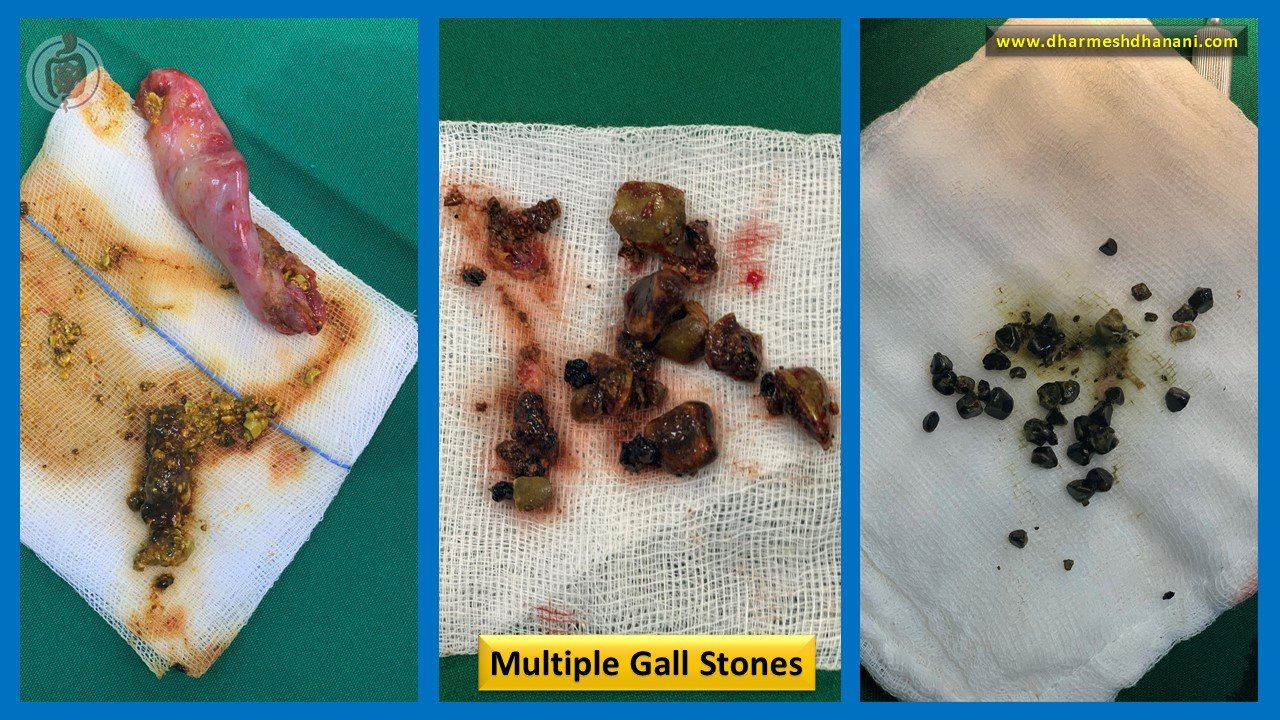
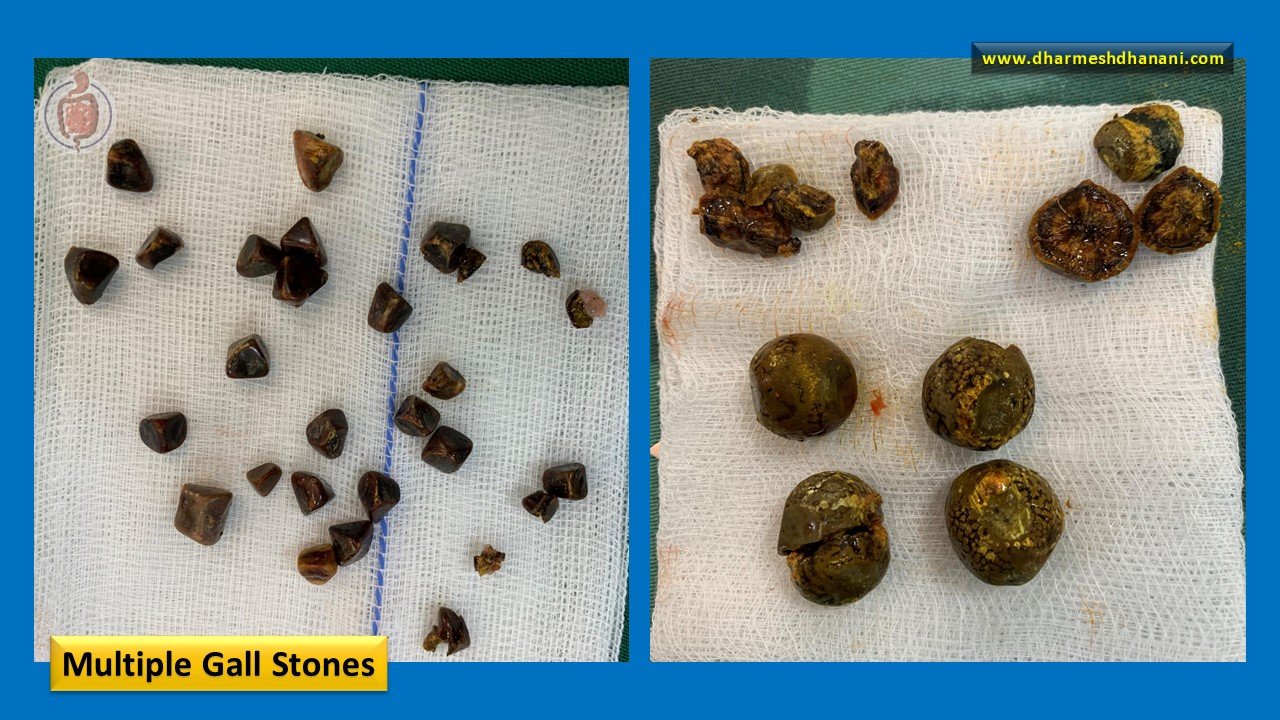
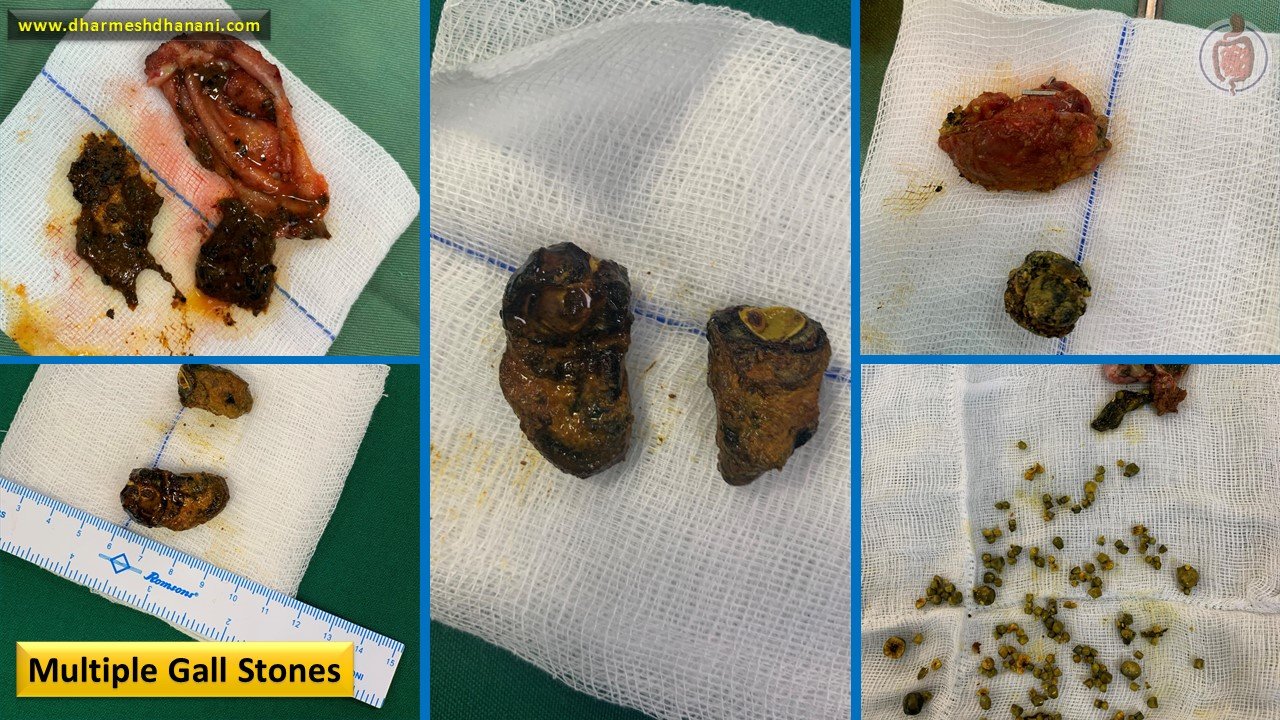
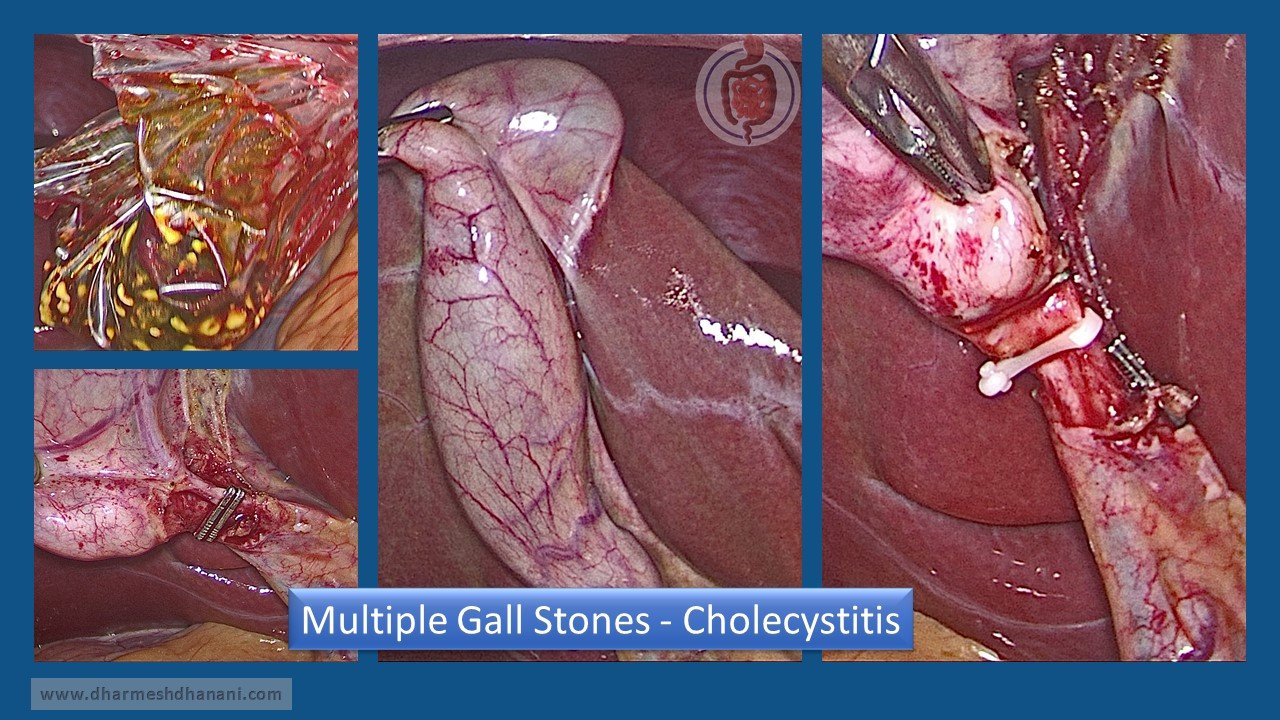
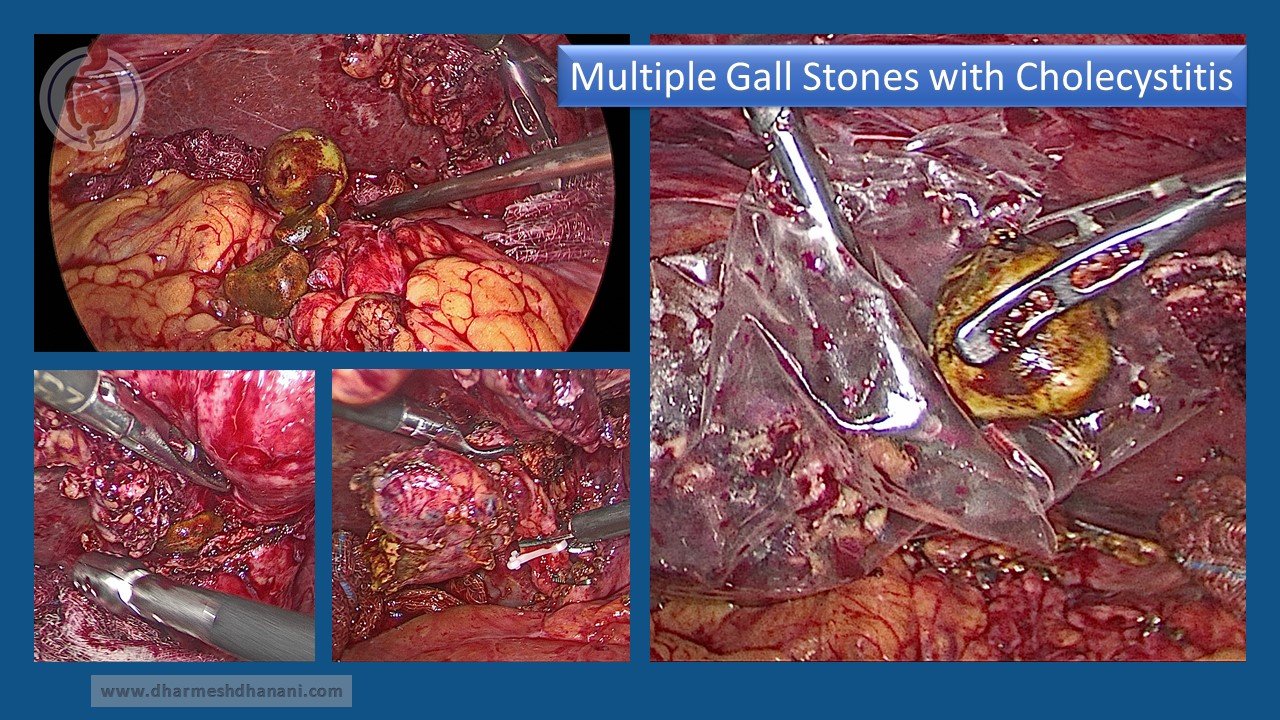


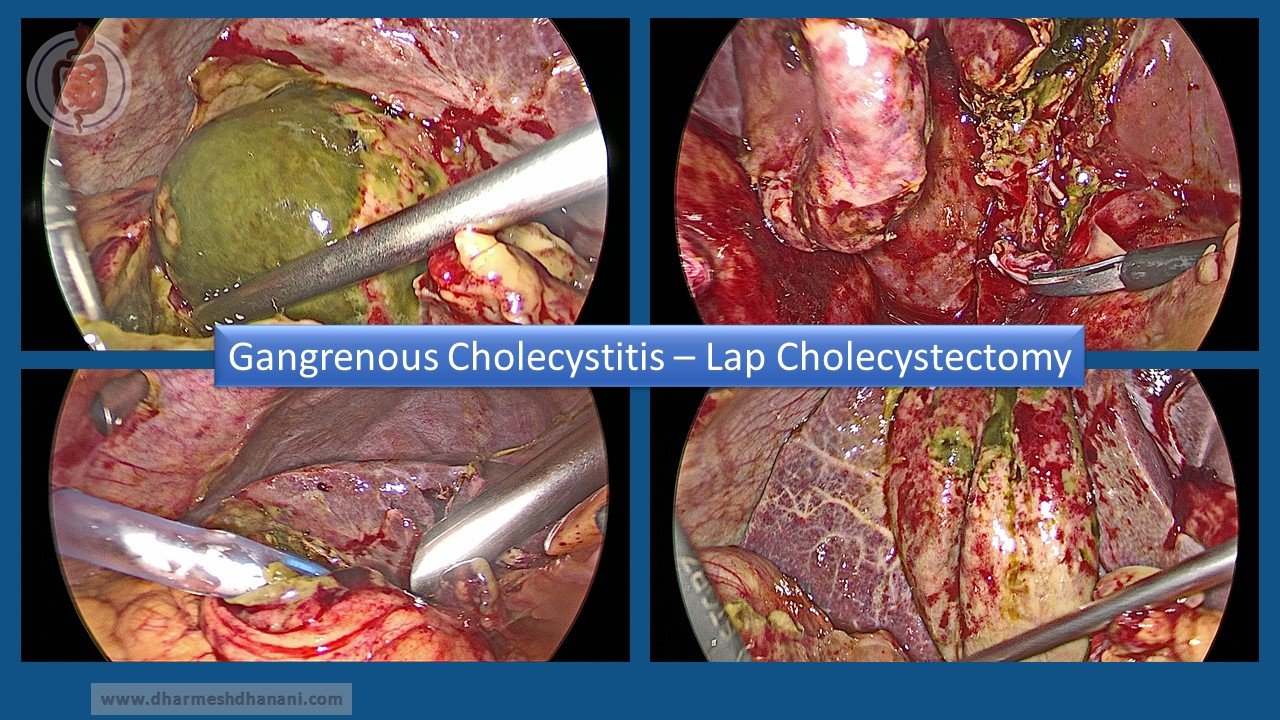



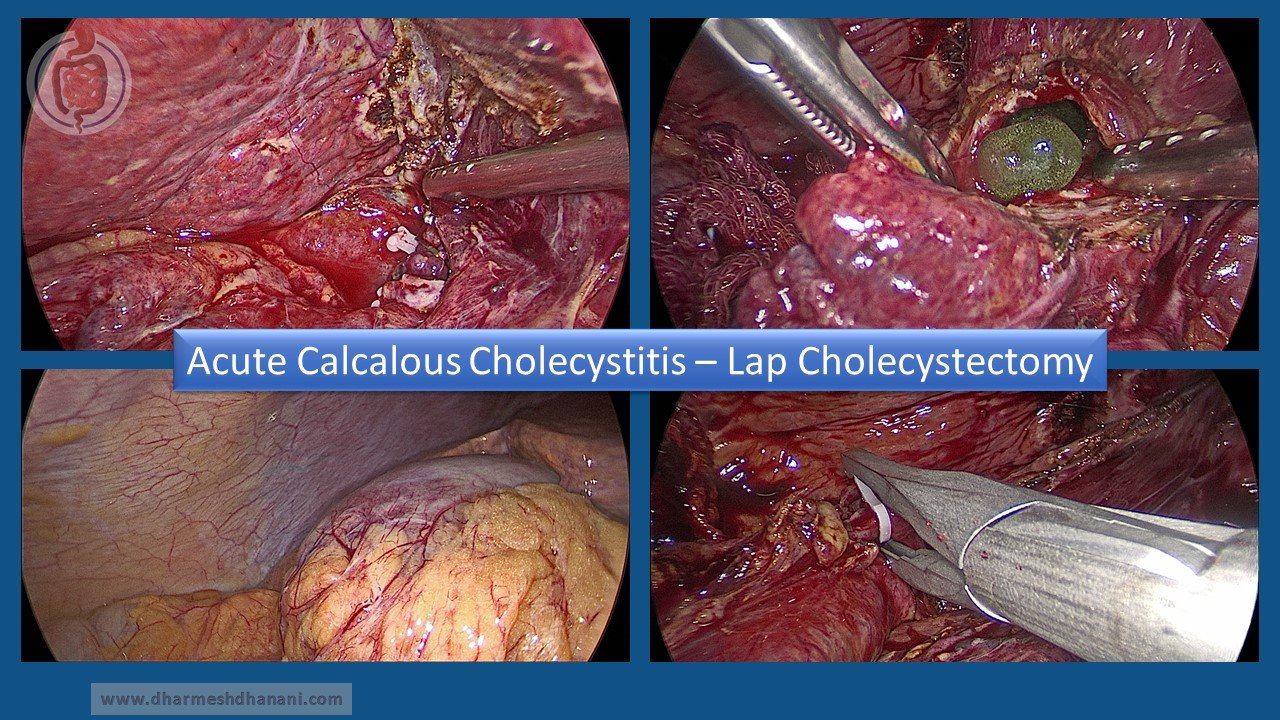
Laparoscopic Surgeries
- Laparoscopic Appendiectomy
- Diagnostic Laparoscopy
- Laparoscopic Cholecystectomy
- Laparoscopic Adhesinolysis
- Laparoscopic TEP / TAPP
- Laparoscopic Splenectomy
- Laparoscopic IPOM
- Laparoscopic Adrenalectomy
- Laparoscopic Fundoplication
- Laparoscopic Colectomy
- Laparoscopic Liver Surgery
- Laparoscopic Small Bowel Resection
- OPD Time
Monday – Saturday
Morning10:00 AM – 12:00 PM
Evening04:00 PM – 07:00 PM
- Consult Doctor
Quick surgery and discharge in 24 Hr and nice response from Dr. Dharmesh dhanani and his staff.

Very nice experience with doctor and good staff behaviour. Absolutely wonderful care.
